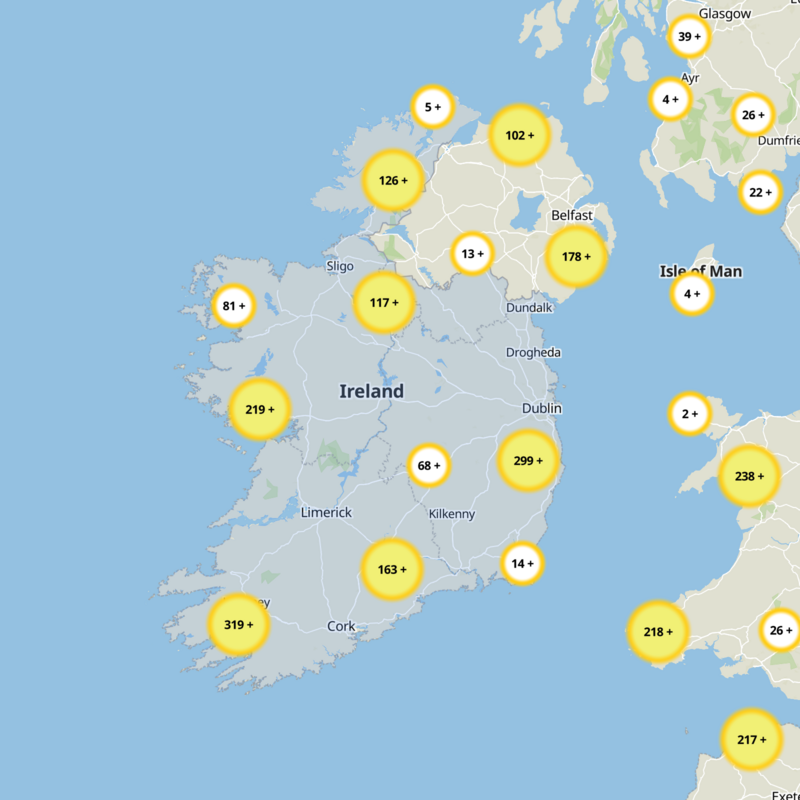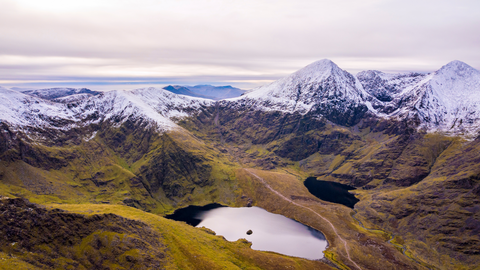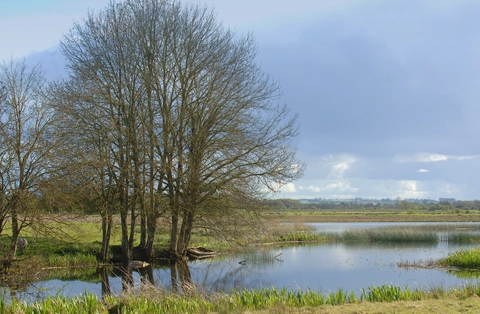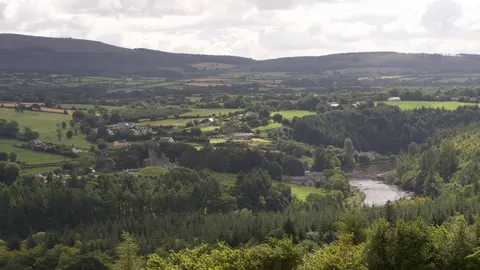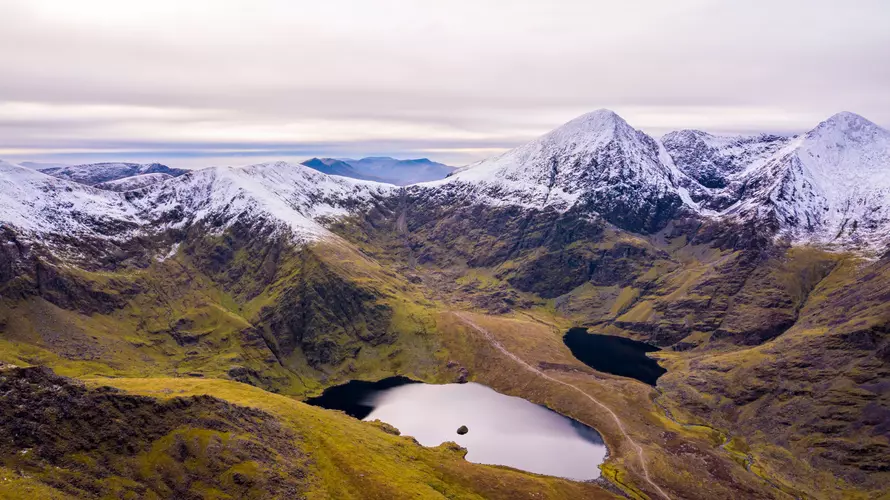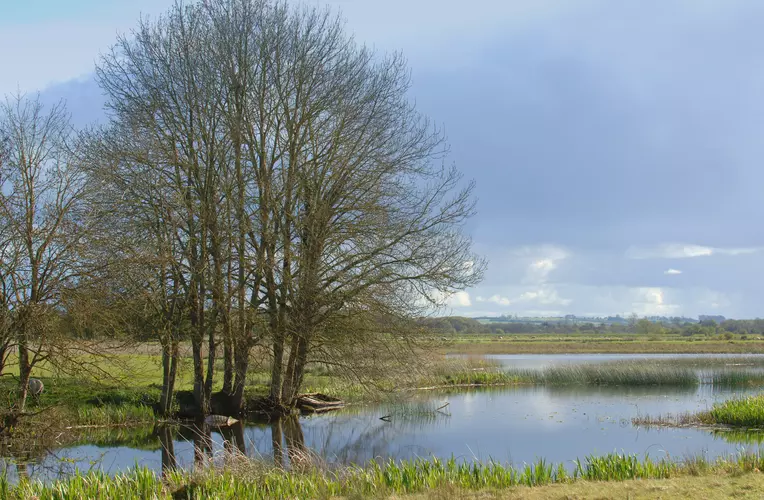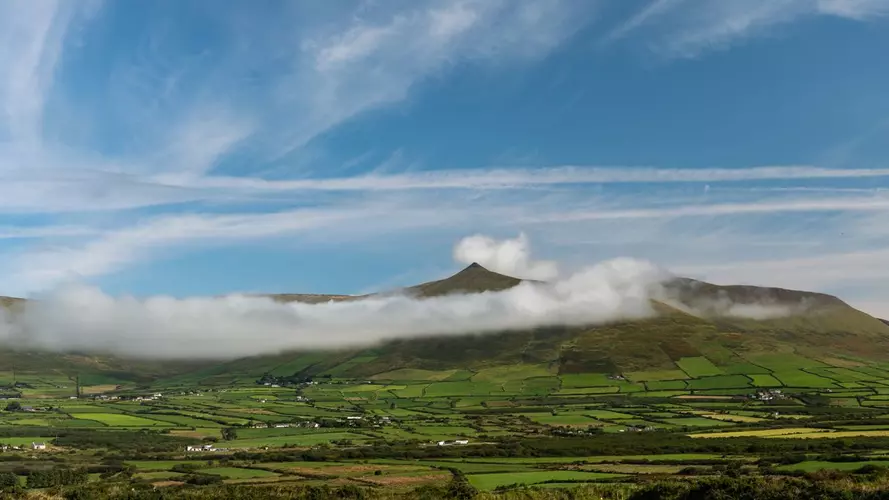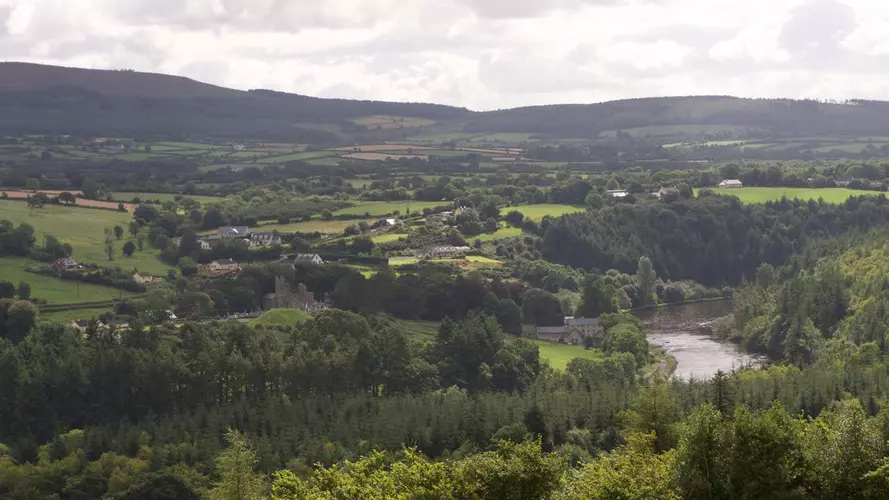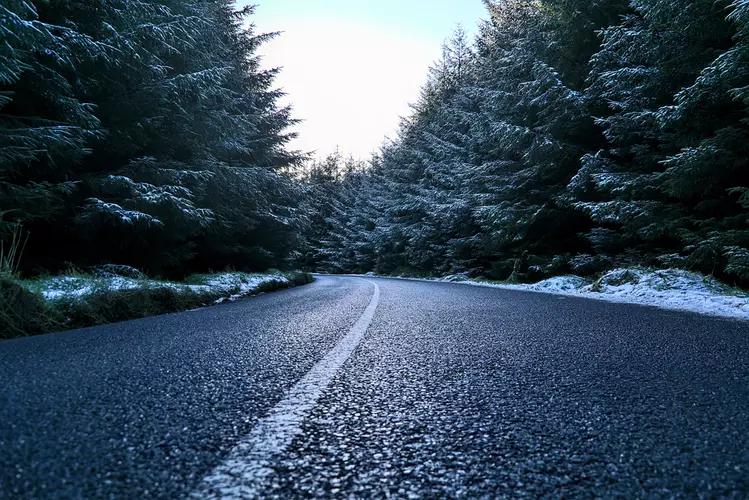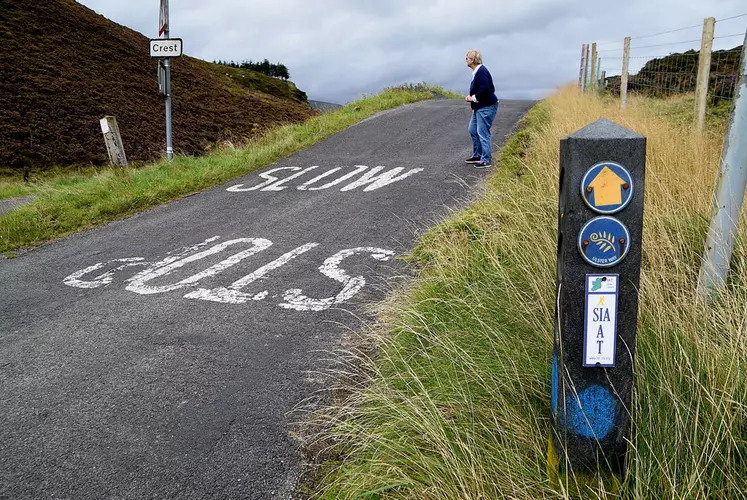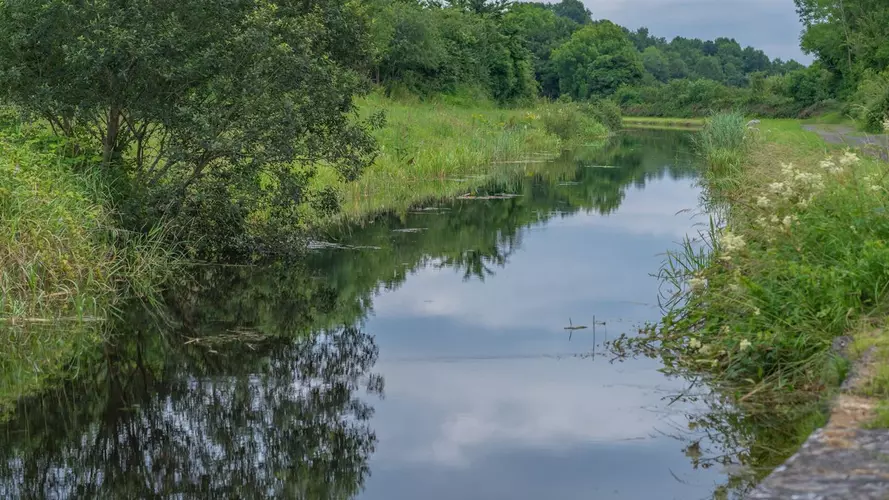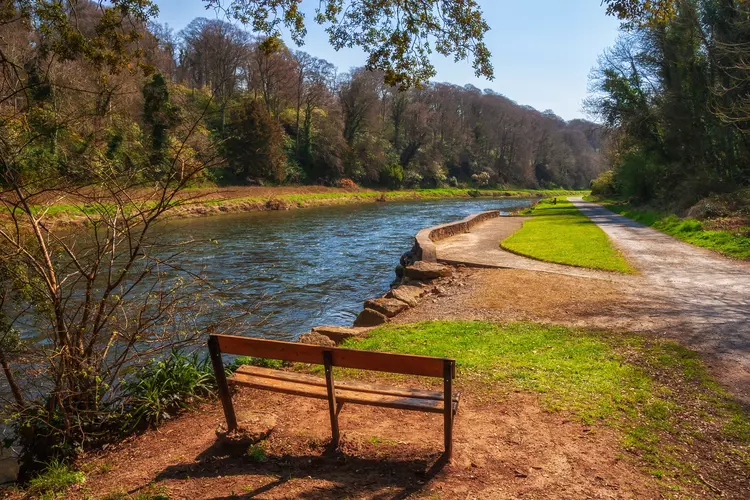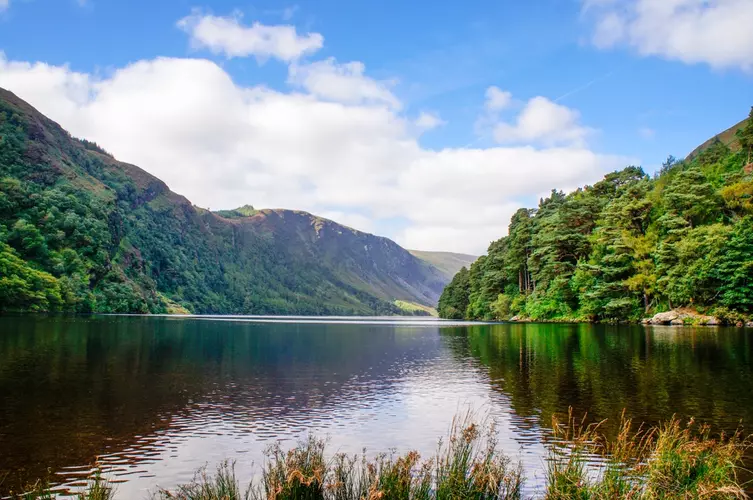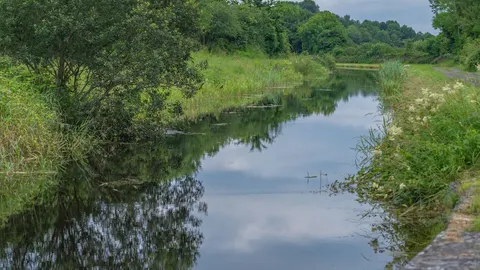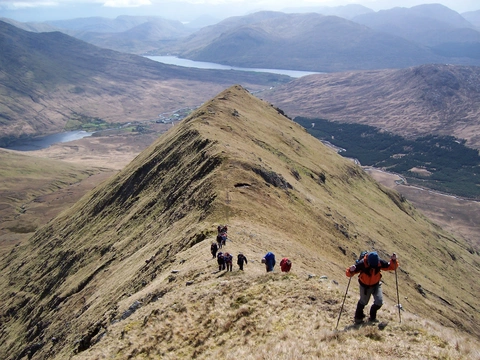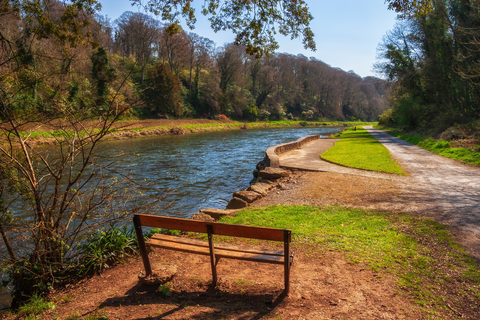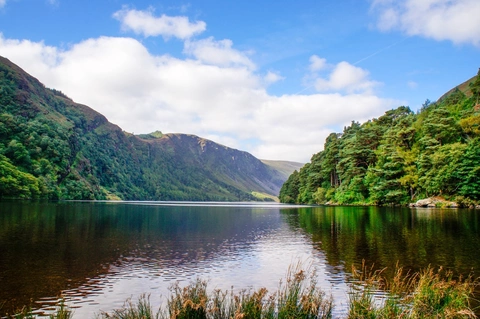"Explore Ireland's trails for breathtaking vistas, ancient ruins, and a deep connection to nature."
Embark on an enchanting journey through Ireland's lush landscapes, where every trail tells a story. From the rugged cliffs of the Wild Atlantic Way to the serene beauty of the Wicklow Mountains, Ireland offers a tapestry of breathtaking vistas. Discover ancient ruins, mystical forests, and vibrant flora as you wander paths steeped in history and folklore. Whether you're a seasoned hiker or a leisurely walker, Ireland's trails promise adventure, tranquility, and a deep connection to nature's wonders.
Most popular hikes
FAQs about hiking in Ireland

Autumn (September to November) brings cooler temperatures and an increase in rainfall. However, it can be a beautiful time to hike in Ireland, as the landscapes transform with vibrant autumn colors. The weather can be unpredictable, so check forecasts and plan accordingly. Spring (March to May) offers similar conditions, with cool temperatures and occasional showers. It's a quieter time to explore the trails, and you can witness the country's lush vegetation come to life.
Winter (December to February) can be challenging for hikers due to shorter daylight hours, colder temperatures, and more frequent rain. However, some enthusiasts still enjoy winter hiking in Ireland, taking advantage of fewer crowds and the unique beauty of frost-covered landscapes. Safety is paramount during this season, so ensure you have appropriate gear and check local conditions before embarking on your adventure.
For more detailed climate information and to plan your hiking trips accordingly, you can visit Met Éireann, Ireland's National Meteorological Service: https://www.met.ie/
Remember to always prioritize safety and be prepared for changes in weather conditions, regardless of the season.




To learn more about Ireland's flora and identify specific species, resources like the National Biodiversity Data Centre provide valuable information and interactive guides: https://biodiversityireland.ie. Remember to respect and protect the natural environment by not picking or damaging any plants you encounter during your hikes, ensuring that future hikers can appreciate Ireland's diverse flora.

More hikes in Ireland
by difficulty
by type
